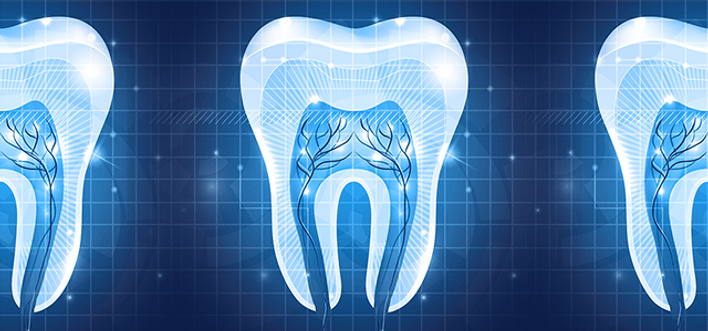Reversing Tooth Decay
The Magic of Reversing Tooth Decay. Fun Science!
Okay, so here’s a neat idea. Did you know that even though a cavity may start to form in your mouth, there are ways to reverse that decay? Pretty cool, huh?! It’s possible. And, it’s neat as heck. We’ll tell you about it. There are also these little cells called odontoblasts (doesn’t that sound like it’s something from Star Wars!?) … yeah, and they lay down this layer of protection against approaching cavities like it’s a battle, and … Wait! Grab the kids so they can learn too!
Your teeth are pretty amazing. They’re also exceedingly good at “recognizing” their importance in your life. Teeth allow are critical for sustenance, to the structure of your face, and in the ability to interact with others with a smile. It’s no wonder then, your pearly whites like to take care of themselves – all the way to the cellular level … to the Odontoblasts!
A Look at Odontoblasts
Odontoblasts are columnar cells that live in our teeth along the border between the pulp and the dentin. One of their main roles is to continually secrete fresh dentin to allow our teeth remain strong and healthy. Remember, your teeth are living sensory organs, so these little cells are at it all the time. They’re also very proactive when a cavity begins to encroaching on its territory.
When a cavity progresses to the degree that it threatens the integrity of the pulpal chamber (which would require root canal treatment), Odonotoblasts feverishly get to work laying down additional layers of dentin to protect the pulpal chamber. To get a feel for what this might look like, imagine a cavity driving down straight from the top of your tooth, aiming straight for the pulpal chamber in the middle of your tooth. The Odontoblasts (along with nearby stem cells), recognizing this impending attack essentially throw up their “shields” (dentin), in an effort to stay safe. This reduces the overall height of the pulpal chamber ever so minimally, but enough to protect the chamber. This is one good reason why you don’t want to ignore tooth pain … jeez, those little Odontoblasts are trying to protect you for all their worth … help them out and see the dentist!
What about Reversing Tooth Decay?
Tooth decay is progressive. It can also be reversed, IF you catch it early enough. And, in this scenario your two best allies are your dentist, and fluoride.
Let’s take a quick look at fluoride. This mineral’s role when it comes to your teeth, is teaming up with calcium and phosphate to strengthen the enamel through the process of remineralization. When fluoride is added to the calcium and phosphate ions that exist in our saliva, and that we also get from food, the three combine to form a mineral known as fluorapitite. This mineral is then transported by our saliva into the “pores” of our teeth, effectively making our enamel harder than it would be by nature. Why is this important? Because tooth decay happens slowly, and in its first stage, the damage it’s beginning to inflict can be stopped or reversed with the assistance of fluorapitite.
In this first stage of a cavity’s development, a cavity appear on the surface of the enamel as a white spot. They’re often visible to a dentist, and will show up on an X-ray. Again, they don’t show up overnight, so two visits a year to the dentist is your best course of action to catch these things early. After all, you don’t want those poor Ondontoblasts to have to go through all that stress just to save you from yourself, do ya’?
Odontoblasts and Fluorapitite. Your secret weapons in dental health. Oh, and your dentist as well! How could we forget?!
